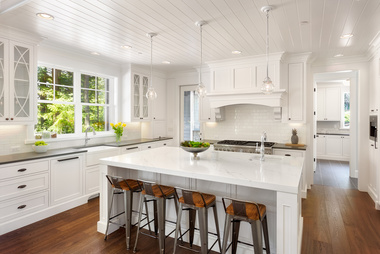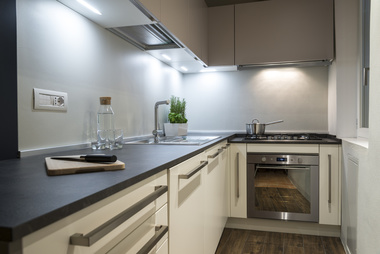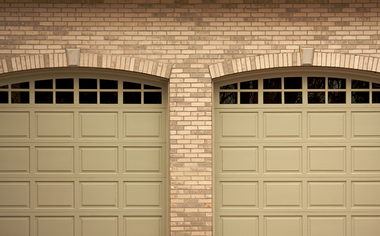5 Tips for Winning Negotiations with Your Contractor
2/11/2018
Big home improvement projects can leave a big hole in your pocket, but you can lower your costs by negotiating the contract price and terms. If you are looking for ways to save money on home improvements, take a look at these five tips for winning negotiations with contractors.

Research
Always make sure to verify contractors’ credentials and experience before you hire them. If you are comfortable working with a contractor with less experience and less time in the trade, you may be able to secure a much lower price. Just understand that there may be a quality and timeframe tradeoff. You can also research the costs of the materials needed for the project for a bargaining chip. A material cost list will help you decide whether or not the contractor is charging higher prices for the supply portion of the project.
Shop Around
It’s hard to tell whether you are getting a great deal on your home improvement project without having anything to compare the price to. Get at least three comparable bids or estimates for the project. Contractors may be willing to lower their cost or negotiate particular terms in the contract if they are competing for the work. Make sure to provide the contractor with as many project details as you can and read each estimate thoroughly.
Buy Your Own Supplies
Many contractors offer to buy the supplies needed for the project and tack the cost onto the estimate or bill you for them later. Contractors often buy supplies from the same supplier, meaning they may not be getting them at the best price. Save yourself money by offering to buy the supplies yourself to make sure you are getting the best deals.
Timing
The cost of your home project will depend somewhat on the season you want the work done. You might be able to save money by seeking estimates during a slow construction season when contractors will be more willing to negotiate the costs. If you live in a cold climate and you want to add a room to your home, consider calling contractors for an estimate in the winter. The work may not be able to start until warmer weather, but you may be able to lock in their winter rates.
Approach the Contractor as an Ally
If you approach the pricing as if the contractor is against you, this will establish a hostile relationship. Treat contractors as allies and they will work with you to find the right price for your budget. Show them respect and ask for changes that may help you save money on the projects. For example, you may be able to find less expensive countertops or a different type of flooring at a better rate.
Keep these tips in mind the next time you comparison shop for a home contractor. For even more ways to save on home improvements and repairs, do not hesitate to contact me today.


















Connect With Sandy